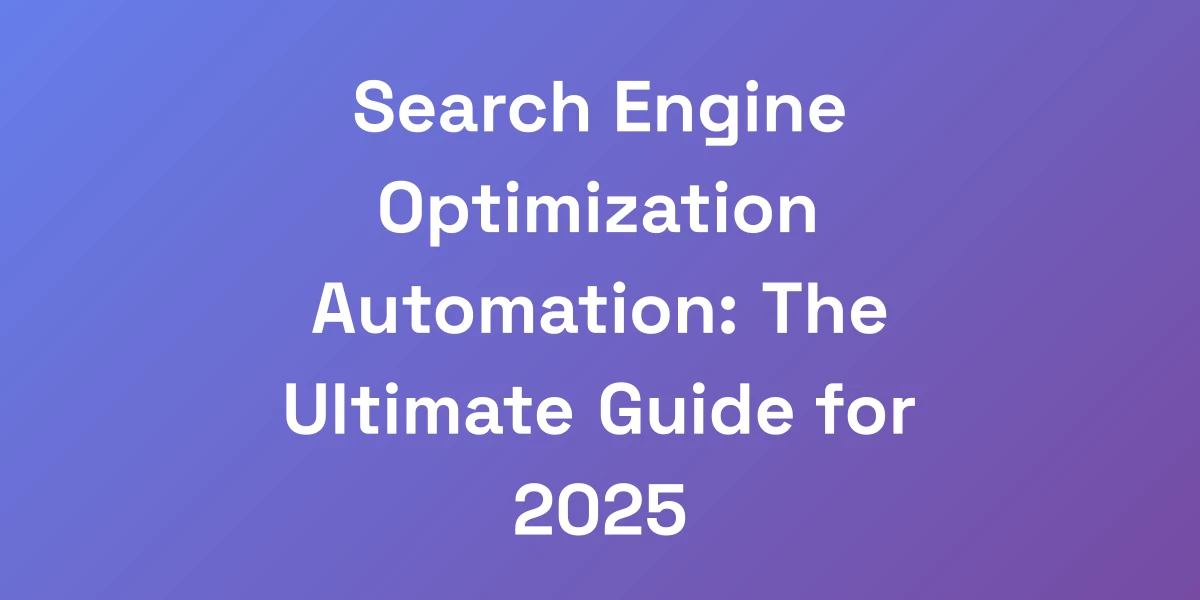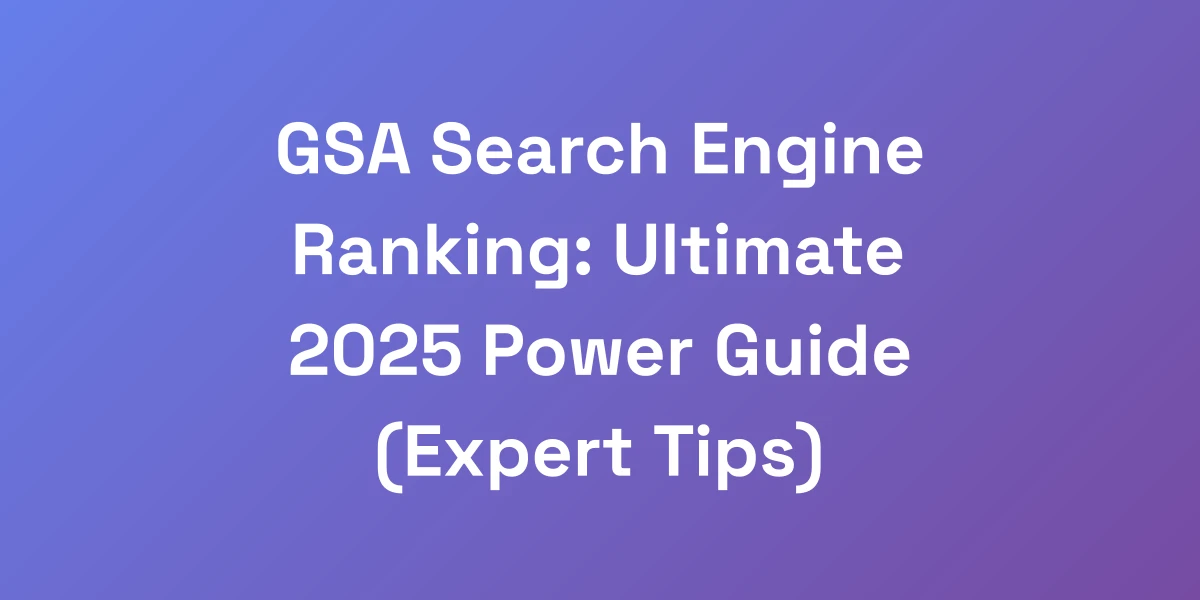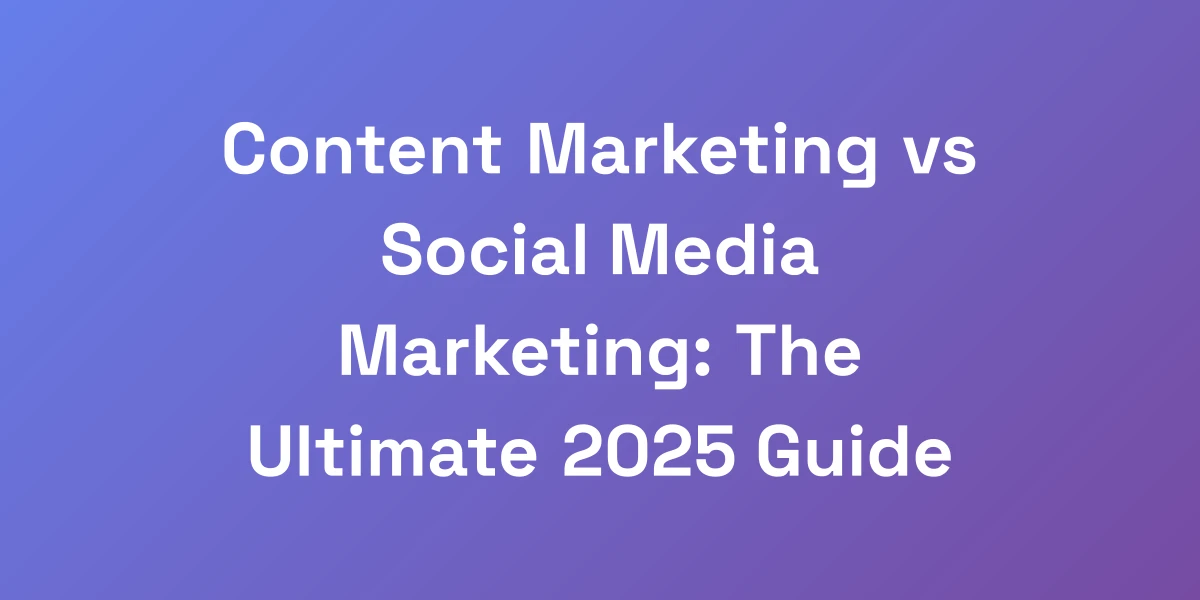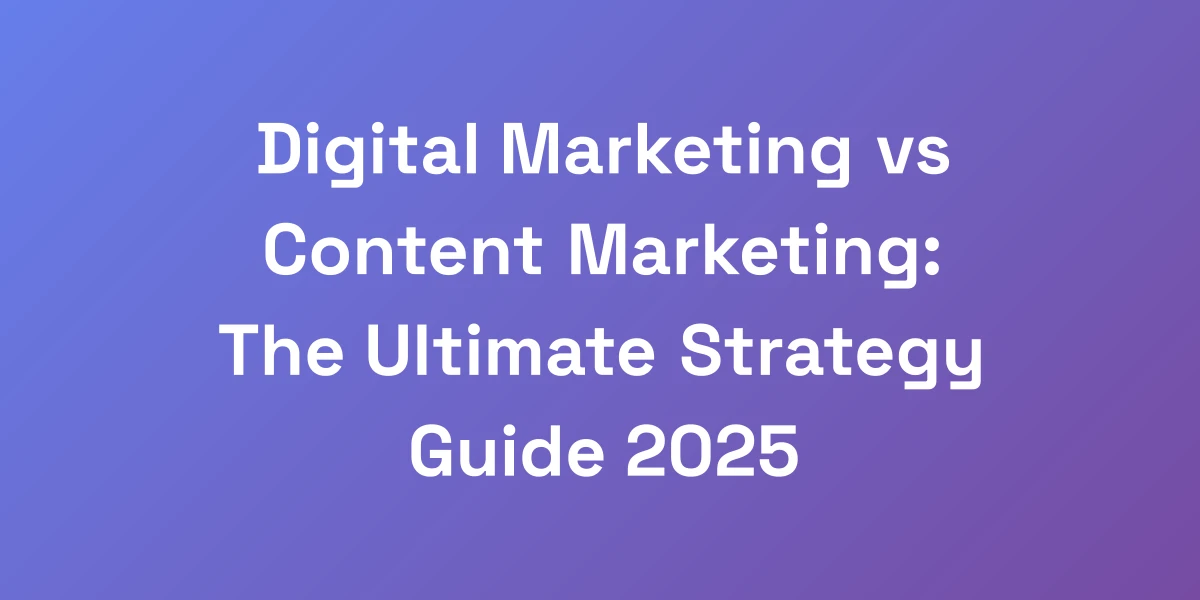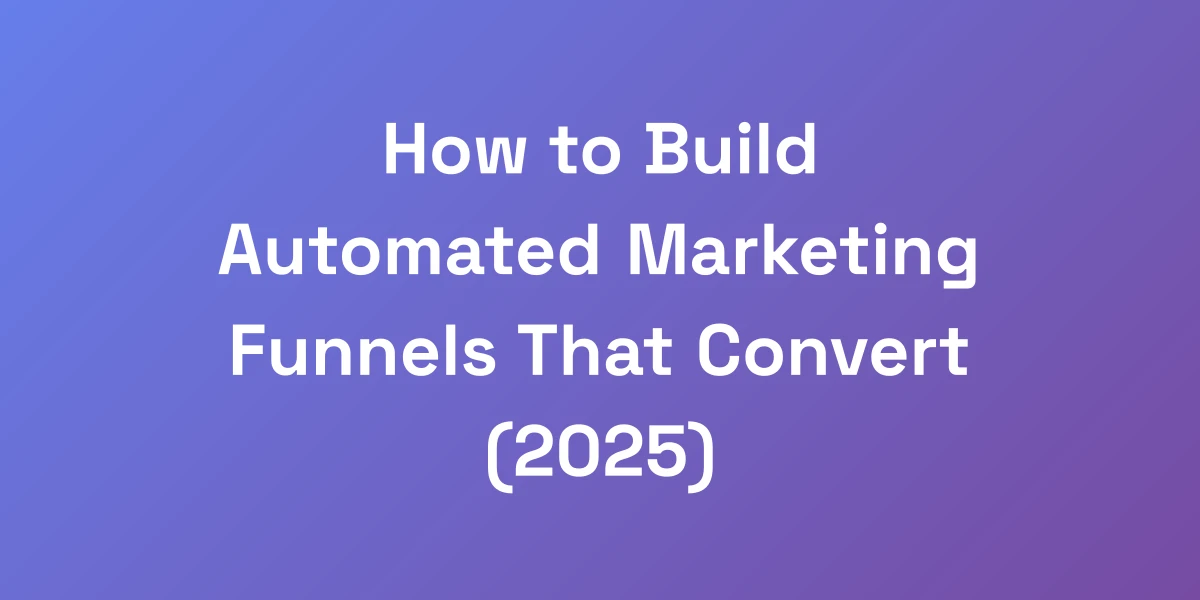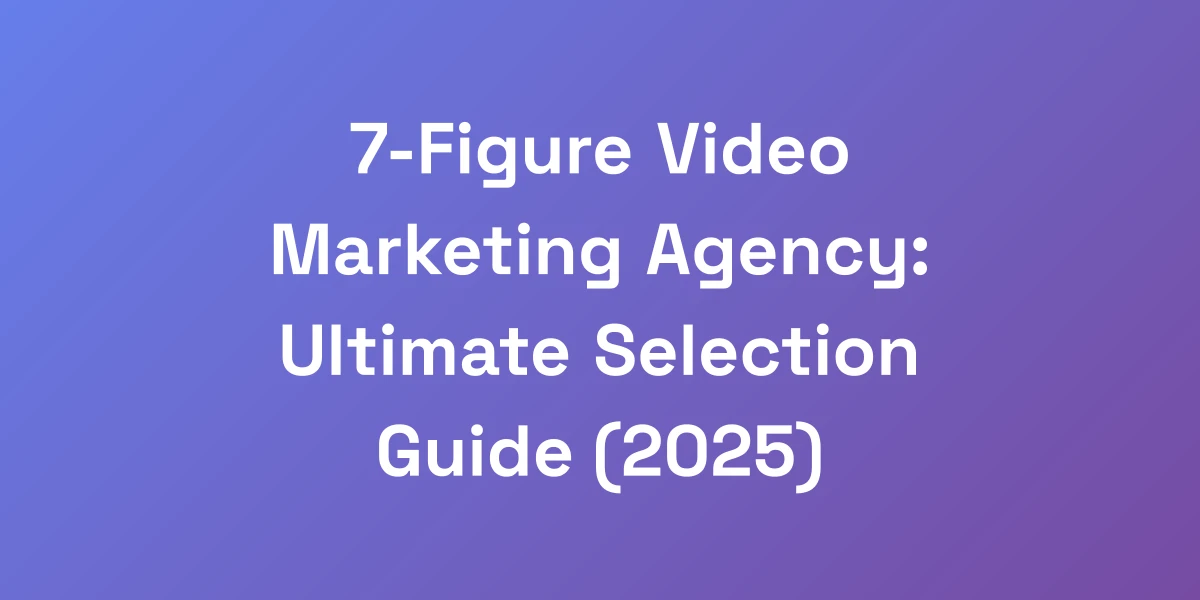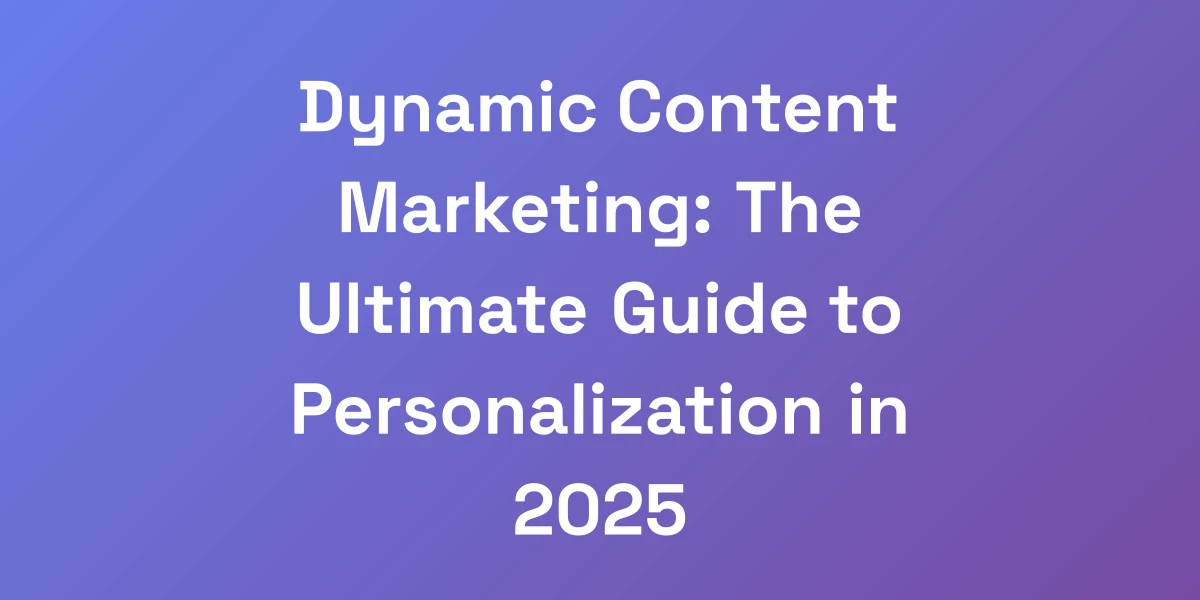
Ultimate Guide: Search Engine Marketing Images That Convert (2025)
Mar 5, 2025 | By [email protected]
Why 90% of Marketers Fail with SEM Visuals (And How to Win)
Let us hit you with some truth: most marketers are bleeding money because they’re using the wrong visual assets in their search engine marketing (SEM) campaigns.
We’ve spent millions testing images across different platforms, and here’s the kicker—the difference between a winning and losing campaign often comes down to image selection.
The market is ruthless. But that’s exactly why we’re diving deep into what actually works. No fluff, no theory—just battle-tested strategies that have generated real results for our clients and our own businesses.
The Psychology Behind High-Converting SEM Images
Understanding the psychology behind visual engagement is crucial.
Images aren’t just pretty pictures; they’re communication tools that speak directly to your audience’s emotions and subconscious.
Think about it: why do certain ads catch your eye more than others? It’s all about how the image resonates with your target audience.
- Emotionally Charged Images: Images that evoke strong emotions, whether it’s happiness, fear, or excitement, tend to perform better.
- Relevance: The image must be directly related to your product or service. Irrelevant visuals confuse the viewer and dilute your message.
- Clarity and Simplicity: A cluttered image can distract from your message. Simple, clear visuals are more effective in conveying your point.
For instance, a campaign promoting a fitness app with images of real people achieving their goals can create a stronger connection than generic stock photos. This approach taps into the viewer’s desire for personal success and relatability.
Common Visual Mistakes Killing Your ROI
Many marketers unknowingly sabotage their campaigns with these common visual mistakes:
- Using Low-Quality Images: Blurry or pixelated images reflect poorly on your brand, making it seem unprofessional.
- Overcomplicating Designs: Too many elements can overwhelm the viewer, causing them to miss the main message.
- Ignoring Brand Consistency: Inconsistent visuals confuse your audience and weaken brand recognition.
- Poor Color Choices: Colors have psychological impacts. Using the wrong palette can alienate your audience or fail to evoke the desired emotion.
Imagine running a campaign with vibrant, mismatched colors that clash and confuse. Not only does this reduce readability, but it also diminishes trust in your brand. Avoiding these pitfalls is essential to maintain a high ROI.
The 80/20 Rule of SEM Image Selection
Applying the 80/20 rule can streamline your image selection process and maximize effectiveness.
- 80% Focus: Concentrate on high-performing images that drive the majority of your conversions.
- 20% Experimentation: Reserve a portion of your budget and effort for testing new visuals to discover untapped opportunities.
This approach ensures that you maintain a stable performance while continuously seeking improvements. For example, if you find that 80% of your conversions come from a specific type of image, prioritize those while experimenting with 20% new designs to stay ahead of the curve.
Case Study: How We 3x’d Click-Through Rates with Image Testing
Let’s dive into a real-world example.
We partnered with an e-commerce client struggling with low click-through rates (CTR) in their SEM campaigns. After a thorough analysis, we identified that their images were generic and failed to engage their target audience.
Here’s what we did:
- Image Overhaul: We replaced stock photos with high-quality, custom images showcasing real customers using the product.
- A/B Testing: Implemented a rigorous A/B testing framework to compare different image styles and elements.
- Data-Driven Adjustments: Used data from the tests to refine and optimize the images based on performance metrics.
The result? We tripled the CTR within three months, significantly boosting sales and proving that the right visuals can transform a campaign.
Key Metrics for Measuring Image Performance
To ensure your images are effective, focus on these key metrics:
- Click-Through Rate (CTR): Measures how often people click your ad after seeing it. Higher CTR indicates more engaging visuals.
- Conversion Rate: Tracks the percentage of users who take the desired action after clicking your ad, reflecting the effectiveness of the entire campaign.
- Engagement Rate: Includes likes, shares, and comments, showing how well your image resonates with the audience.
- Bounce Rate: The percentage of visitors who leave your site after viewing only one page. Lower bounce rates suggest that your images are effectively driving interest.
Regularly monitoring these metrics allows you to adjust your strategies and ensure your visuals continue to perform optimally.
Premium vs. Free SEM Image Sources: The Real Cost Analysis
Here’s something most “experts” won’t tell you: free doesn’t always mean profitable. We’ve analyzed thousands of campaigns, and the ROI difference between premium and free images isn’t what you’d expect.
While everyone’s fighting over free resources, smart marketers are leveraging strategic image investments to dominate their markets. We’re going to break down exactly where to spend and where to save, backed by real data from our $100M+ in ad spend.
Top Premium Stock Image Platforms for SEM
Premium stock images often provide higher quality and more unique visuals. Here are our top picks:
- Shutterstock: Offers a vast library with multiple pricing tiers, catering to both small businesses and large enterprises. Check out their pricing options to find the best fit for your needs.
- Adobe Stock: Seamlessly integrates with Adobe Creative Cloud, making it a favorite among designers for its high-quality assets.
- iStock: Provides flexible pricing options, including credit packs and subscription plans, suiting various marketing needs.
These platforms ensure you get professional, unique images that stand out in your SEM campaigns, enhancing your brand’s credibility and appeal.
Best Free Image Sources That Actually Convert
When budget constraints are tight, these free resources can still make a difference:
- Pexels: Offers a diverse range of high-quality images that are free to use for commercial purposes.
- Unsplash: Known for its artistic and unique photos, Unsplash can add a creative touch to your campaigns.
- Pixabay: Provides a wide variety of images, illustrations, and vectors, suitable for different marketing needs.
While these free sources are valuable, it’s essential to ensure they align with your brand’s quality and uniqueness requirements.
Hidden Costs of “Free” Images
Opting for free images can come with hidden costs that may outweigh the initial savings:
- Lack of Exclusivity: Free images are widely used, making it harder for your brand to stand out.
- Quality Issues: Free resources might not always offer the highest quality images, potentially harming your brand’s perception.
- Licensing Restrictions: Some free images come with usage restrictions that can limit how you use them in your campaigns.
These hidden costs can lead to lower engagement and higher overall campaign expenses in the long run, making premium images a smarter investment.
ROI Comparison: Premium vs. Free Images
Our analysis shows a clear distinction between the ROI of premium and free images:
- Premium Images: Higher initial cost but significantly better performance in terms of engagement, CTR, and conversions.
- Free Images: Lower cost but often result in lower engagement and higher bounce rates, reducing overall ROI.
Investing in premium images can lead to higher returns by enhancing the quality and effectiveness of your SEM campaigns, ultimately driving more conversions and revenue.
When to Invest vs. When to Save
Deciding when to invest in premium images versus using free sources depends on your specific campaign needs:
- Invest in Premium Images When:
- You’re aiming for high brand visibility and uniqueness.
- Your campaign requires specific, high-quality visuals.
- You have a budget that can accommodate the initial investment.
- Save by Using Free Images When:
- Your budget is extremely tight.
- Your campaign is in the experimental phase or has a limited scope.
- You’re supplementing premium images with additional visuals.
Balancing investment and savings ensures that you can maintain quality while managing costs effectively.
Advanced Image Optimization Techniques for Search Visibility
Listen up, because this is where most marketers leave money on the table. Image optimization isn’t just about file size—it’s about leveraging every pixel to dominate search results.
We’ve developed a proprietary framework that’s helped our clients secure featured snippets and knowledge graph positions through SEO optimization automation. The best part? Most of your competitors are completely overlooking these opportunities.
Technical SEO Requirements for Images
To ensure your images contribute positively to your SEO efforts, adhere to these technical requirements:
- Proper File Formats: Use formats like WebP or AVIF for better compression without sacrificing quality.
- Responsive Images: Ensure your images adapt to different screen sizes and devices for enhanced user experience.
- Efficient File Sizes: Compress images to reduce load times without compromising visual integrity.
Implementing these technical aspects ensures your images are optimized for both search engines and user experience.
Alt Text Optimization Strategies
Alt text isn’t just for accessibility; it plays a crucial role in SEO.
- Descriptive and Relevant: Accurately describe the image content, incorporating relevant keywords naturally.
- Avoid Keyword Stuffing: Ensure the alt text is readable and not overloaded with keywords.
- Contextual Integration: Align alt text with the surrounding content to provide additional SEO value.
Effective alt text optimization can improve your image search rankings and enhance overall SEO performance.
Image Schema Markup Secrets
Leveraging schema markup can significantly boost your image’s visibility in search results.
- Implement Structured Data: Use ImageObject schema to provide detailed information about the image.
- Enhance Rich Snippets: Proper markup can help your images appear in rich snippets, increasing click-through rates.
- Improve Contextual Relevance: Structured data helps search engines understand the context and relevance of your images.
By utilizing image schema markup, you make it easier for search engines to index and display your visuals effectively.
Mobile-First Image Optimization
With mobile devices dominating internet usage, optimizing images for mobile is non-negotiable.
- Responsive Design: Ensure images display correctly on various screen sizes and orientations.
- Optimize Load Times: Compress images to enhance load speeds on mobile networks.
- Touch-Friendly Elements: Incorporate images that are easy to interact with on touchscreens.
Mobile-first optimization not only improves user experience but also aligns with Google’s mobile-first indexing, boosting your search visibility.
Image Loading Speed Optimization
Fast-loading images are vital for retaining user attention and improving SEO.
- Use Efficient Formats: WebP and AVIF offer superior compression rates compared to traditional formats like JPEG and PNG.
- Lazy Loading: Implement lazy loading to defer the loading of images until they are needed, speeding up initial page loads.
- Content Delivery Networks (CDNs): Utilize CDNs to serve images from servers closest to the user, reducing latency.
Optimizing image loading speeds ensures your website remains fast and responsive, enhancing both user experience and search rankings.
Image Naming Conventions That Rank
Properly naming your image files can improve your SEO performance.
- Descriptive Filenames: Use clear, descriptive names that reflect the image content.
- Include Keywords: Incorporate relevant keywords naturally into the filenames without overstuffing.
- Use Hyphens to Separate Words: Hyphens improve readability and are preferred by search engines over underscores.
For example, “red-running-shoes.jpg” is more effective than “IMG_12345.jpg” for SEO purposes.
Creating Custom SEM Images That Crush the Competition
Want to know what separates six-figure campaigns from seven-figure ones? Custom visuals that tell your unique story.
We’re not talking about fancy design work—we’re talking about strategic visual assets that align perfectly with your offer and audience.
We’ve generated over $120M in revenue using a simple framework for creating custom images that convert like crazy, and we’re about to show you exactly how we do it.
Tools for Creating Professional SEM Images
Having the right tools is essential for creating high-quality custom images:
- Adobe Creative Cloud: Industry-standard tools like Photoshop and Illustrator offer unparalleled flexibility and functionality for creating professional-grade visuals.
- Canva: User-friendly and accessible, Canva is perfect for marketers who need to create stunning images without extensive design experience.
- Specialized Photography Services: Services like Soona provide custom photography solutions tailored to your brand’s specific needs.
Investing in the right tools ensures you can produce high-quality, unique images that stand out in your SEM campaigns.
Design Principles for Higher CTR
Applying fundamental design principles can significantly enhance your CTR:
- Visual Hierarchy: Organize elements to guide the viewer’s eye towards the most important information.
- Contrast and Color: Use contrasting colors to make key elements pop and draw attention.
- Balance and Alignment: Ensure your images are well-balanced and elements are correctly aligned for a polished look.
For instance, using a contrasting call-to-action button on an image can direct the viewer’s attention and encourage clicks. Additionally, integrating SEO Automation tools can streamline your design processes, ensuring consistency and efficiency across campaigns.
Color Psychology in SEM Images
Colors influence emotions and behaviors, making them a powerful tool in SEM.
- Red: Creates a sense of urgency and can drive impulse actions.
- Blue: Evokes trust and reliability, ideal for financial or professional services.
- Green: Associated with growth and health, perfect for wellness and eco-friendly products.
- Yellow: Conveys optimism and warmth, suitable for creative and energetic brands.
Choosing the right colors can enhance your message and influence how your audience perceives your brand. Learn more about the impact of color with color psychology in marketing.
A/B Testing Framework for Images
Implementing a structured A/B testing framework ensures you identify the most effective images:
- Define Objectives: Determine what you want to achieve—higher CTR, better conversions, etc.
- Create Variations: Develop different versions of your images with variations in color, layout, and elements.
- Test and Measure: Run the variations simultaneously and measure their performance against your objectives.
- Analyze Results: Identify which variations performed best and implement the winning elements in future campaigns.
Consistent A/B testing helps refine your image strategies, ensuring continuous improvement and optimal performance.
Custom Image Creation Process
Our custom image creation process is designed to align with your brand and campaign goals:
- Research and Planning: Understand your target audience, brand identity, and campaign objectives.
- Concept Development: Brainstorm and create concepts that resonate with your audience and convey your message effectively.
- Design and Creation: Use professional tools and techniques to develop high-quality images that align with your concepts.
- Review and Refinement: Continuously refine and adjust the images based on feedback and performance data.
This process ensures that every image created is intentional, relevant, and optimized for maximum impact. For agencies looking to scale, Marketing Automation for Agencies can be integrated to enhance efficiency.
Scaling Image Production
Scaling your image production without compromising quality requires strategic planning:
- Automation Tools: Utilize tools that automate repetitive tasks, allowing your team to focus on creative aspects.
- Template Systems: Develop templates that maintain consistency while allowing for customization and scalability.
- Outsourcing: Partner with professional designers or agencies to handle large-scale image production efficiently.
By implementing these strategies, you can scale your image production to meet growing demands while maintaining high standards. Agencies, freelancers, and startups alike can benefit from specialized SEO for Startups and SEO for Freelancers to optimize their workflows.
Conclusion
We’ve navigated through the intricate world of search engine marketing images, uncovering what works and what doesn’t.
From understanding the psychological triggers that make images convert to balancing the cost between premium and free sources, the key takeaways are clear:
- Choose Images Wisely: The right visuals can make or break your SEM campaigns.
- Invest Strategically: Know when to invest in premium images and when to utilize free resources without compromising quality.
- Optimize Thoroughly: Advanced optimization techniques can propel your images to the top of search results, enhancing visibility and conversions.
- Create Custom Visuals: Custom images tailored to your brand and audience can dramatically outperform generic stock photos.
Ready to transform your SEM campaigns with images that truly convert? Start implementing these strategies today and watch your click-through rates and conversions soar.
Have questions or insights on optimizing your SEM visuals? Drop a comment below and let’s continue the conversation. Together, we can elevate your marketing game to new heights!


